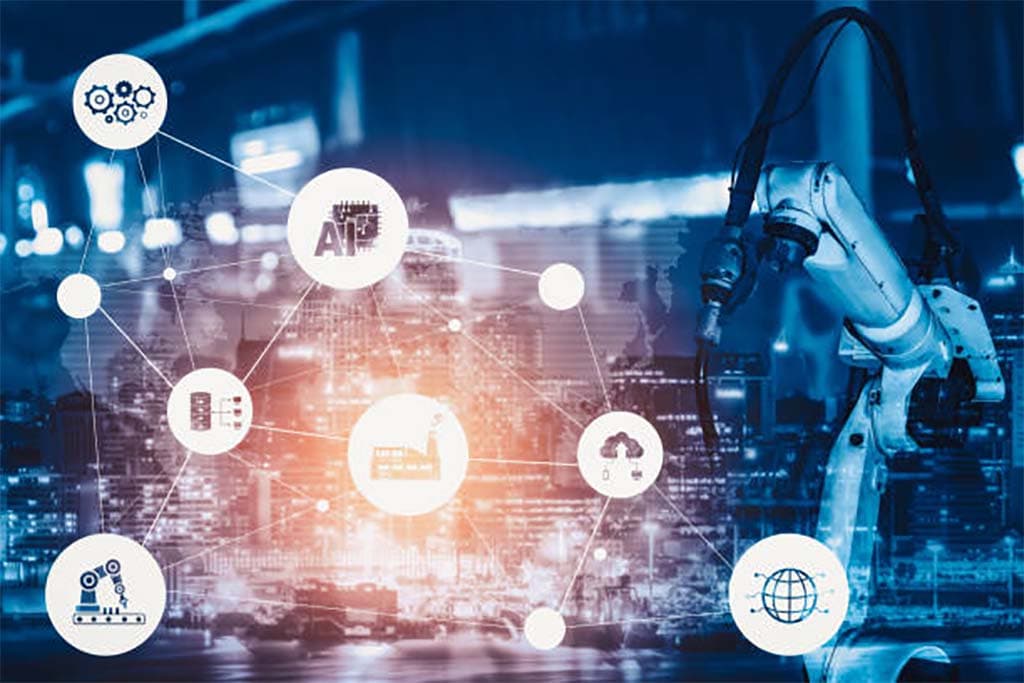For decades, traditional industries like manufacturing, agriculture, and energy predominantly focused on manual procedures and hands-on labor. Today, the rapid emergence of the internet, sophisticated software solutions, and advanced data analytics is drastically altering this landscape. This drive for digital transformation is not solely about integrating contemporary technologies; it’s a much larger vision. This evolution looks towards fostering greater efficiency, instigating ground-breaking innovation, and ensuring these older industries don’t lag in today’s dynamic, digital-centric global market. This shift is more than a mere adoption of technology; it represents a profound change in thinking and operating, creating more streamlined and competitive businesses.
Key Drivers of Digital Adoption
The motivation for digital evolution in traditional sectors is multifaceted. Beyond the lure of modern technology, there are several influencing factors. One significant factor is the evolving consumer expectations, demanding faster and more efficient services. Real-time data for instantaneous decision-making is not just a luxury but a necessity in today’s fast-paced world. Also, the persistent chase for reducing operational costs while increasing output quality is a substantial driving force. The global market, with its ever-shifting dynamics and speedy product/service launch timelines, necessitates unparalleled agility and responsiveness, making digital transformation not just beneficial, but essential for survival.
Implementing IoT and Data Analytics
Internet of Things (IoT) stands out as a transformative force for many traditional sectors. The premise of integrating sensors into machinery, logistical chains, products, or even agricultural fields offers an immense data gathering opportunity. When this voluminous data undergoes meticulous processing and analytical evaluation, it reveals invaluable insights. These insights could range from pinpointing operational inefficiencies to predicting when machinery might need maintenance or even obtaining a granular understanding of consumer behaviors and preferences. For instance, modern agriculture is leveraging IoT to monitor soil composition, moisture levels, and climatic conditions, which directly informs irrigation patterns and planting decisions, resulting in enhanced produce quality and quantity.
Cloud Computing and Scalability
Migrating to cloud platforms grants industries unmatched advantages like operational flexibility, scalability, and omnipresent data/application accessibility. Traditional sectors, often widespread geographically, greatly benefit from the cloud’s promise of consistent, real-time data access across all operational sites. Moreover, as these industries grow, evolve, or face unprecedented challenges, cloud infrastructures can adapt and scale accordingly, ensuring seamless operations. This scalability eliminates the need for extensive additional capital investment, making expansions or contractions more economically efficient.
Cybersecurity in the Age of Digitalization
Embracing digital frameworks inevitably brings forth significant cybersecurity concerns. The increasing digital footprint makes data, proprietary methodologies, and operational blueprints vulnerable. As newcomers in the expansive digital realm, traditional sectors must be proactive in safeguarding their digital assets. This commitment involves not only secure data storage solutions but also continuous employee training programs. Moreover, in a constantly evolving threat landscape, they must be vigilant, continuously updating their defense strategies, and investing in state-of-the-art threat detection and response mechanisms.

Workforce Training and Change Management
One cannot discuss digital transformation without addressing its human implications. The onset of groundbreaking technologies necessitates extensive workforce retraining. Beyond just skill acquisition, it’s about instilling a new, digital-first ethos and often involves a complete organizational overhaul to optimally utilize these technological assets. Effective change management strategies are quintessential, ensuring every employee, whether on the factory floor or in the executive office, comprehends the profound benefits these technological shifts bring. They also need to be adequately trained, both technically and mentally, to thrive in this redefined operational environment.
Conclusion
The imperative of digital transformation in traditional industries cannot be overstated. While the initial steps towards this transformation may appear daunting, the long-term advantages of such a transition are unequivocal. By embracing digital strategies, traditional industries can revitalize their operational processes, amplify their market reach, and create newer revenue streams. Moreover, as consumers continue to gravitate towards digital platforms and solutions, these industries must adapt to meet these evolving expectations and preferences. Failing to do so could result in significant market share loss and a diminishing brand presence.
Yet, this transformation is not merely about adopting the latest technologies. It’s about changing the foundational ethos of an organization. It requires a balance between retaining the core values and principles that have guided these industries for decades and infusing them with modern, innovative strategies and tools. This harmonious blend of the old and new can yield unprecedented results, driving growth and ensuring sustainability in a highly competitive, rapidly changing global market.
As the world advances, traditional industries must recognize that the future is not just about evolution but revolution. The digital age demands agility, foresight, and a willingness to adapt. And for industries that have stood the test of time, this could be their most pivotal moment—a chance to reimagine, reinvent, and reestablish their dominance for the decades to come.

